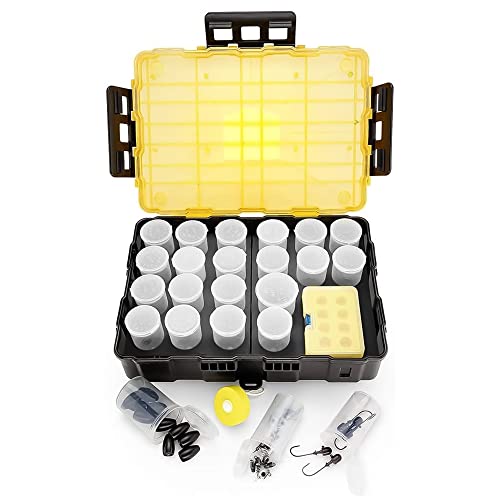Waterwings said:
you can make cuts in those signs using a circular saw or table saw if you flip the blade backwards it makes pretty good cuts just another suggestion if you wanna try it
:shock:
Sorry bassboy, but I highly recommend against that practice. Get a cutting wheel for your saw that's designed to cut metal. If you're cutting aluminum, make sure the wheel is for non-ferrous metal.
If the cutting wheel isn't designed for non-ferrous metal, it will "clog" the wheel and eventually/posssibly explode on you. Safety first! :wink:
Actually, I didn't post that (bobessary did) but I will defend it just as well. Not just any circular saw blade will work. Needs to be a carbide on. I have heard of people putting carbide blades on backwards for thin stuff, but I wouldn't try that, as I feel that it might try to rip the carbide tips off. Never heard of that happening, but I don't want to turn my blade around.
It isn't just one of those things that you often hear about "well I do this and it works fine..."
Cutting aluminum on circular saws, table saws, and miter saws using carbide wood blades is common practice, often used by many welding shops and machine shops, if they don't have shear, or need odd shapes, and can't work with the rough edge a nibbler can sometimes leave.
The thing is, the higher the tooth count the better. 60 and 80 teeth are better if you have them, but not always needed. When cutting on the table saw, we usually use an 80 tooth carbide blade. I regularly cut angle and tubing on the miter saw, with the 32 tooth blade, and usually use a 40 or so on the circular saw, although we have used a 12 tooth before. And, we do have both a vertical and horizontal bandsaw here at the house, so were it not safe, we have other options, but there is no safety issue, unless it is too hot to wanna wear long sleeves.
Also, you can use carbide router bits to cut various things. Yes, we could make baseboard molding out of aluminum bar on the Delta shaper if we wish. Could make aluminum raised panel doors on it too. (May have just given me an idea for my next boat build.....

)
The only thing I can say is, wear long sleeves (hot shards flying - will leave your arm looking like it got attacked by a hoard of chiggers) and WEAR EYE PROTECTION!!!!!
Also, do NOT NOT NOT use an abrasive blade, like I am about to link too. That includes grinder wheels. They will clog up with aluminum, overheat, and blow up, and at 10,000 RPM (angle grinder speed) you do not want that to blow up.
https://www.mikestools.com/DW3508-DeWalt-6-1-2-x-1-8-Metal-Abrasive-Saw-Blade.aspx





















































